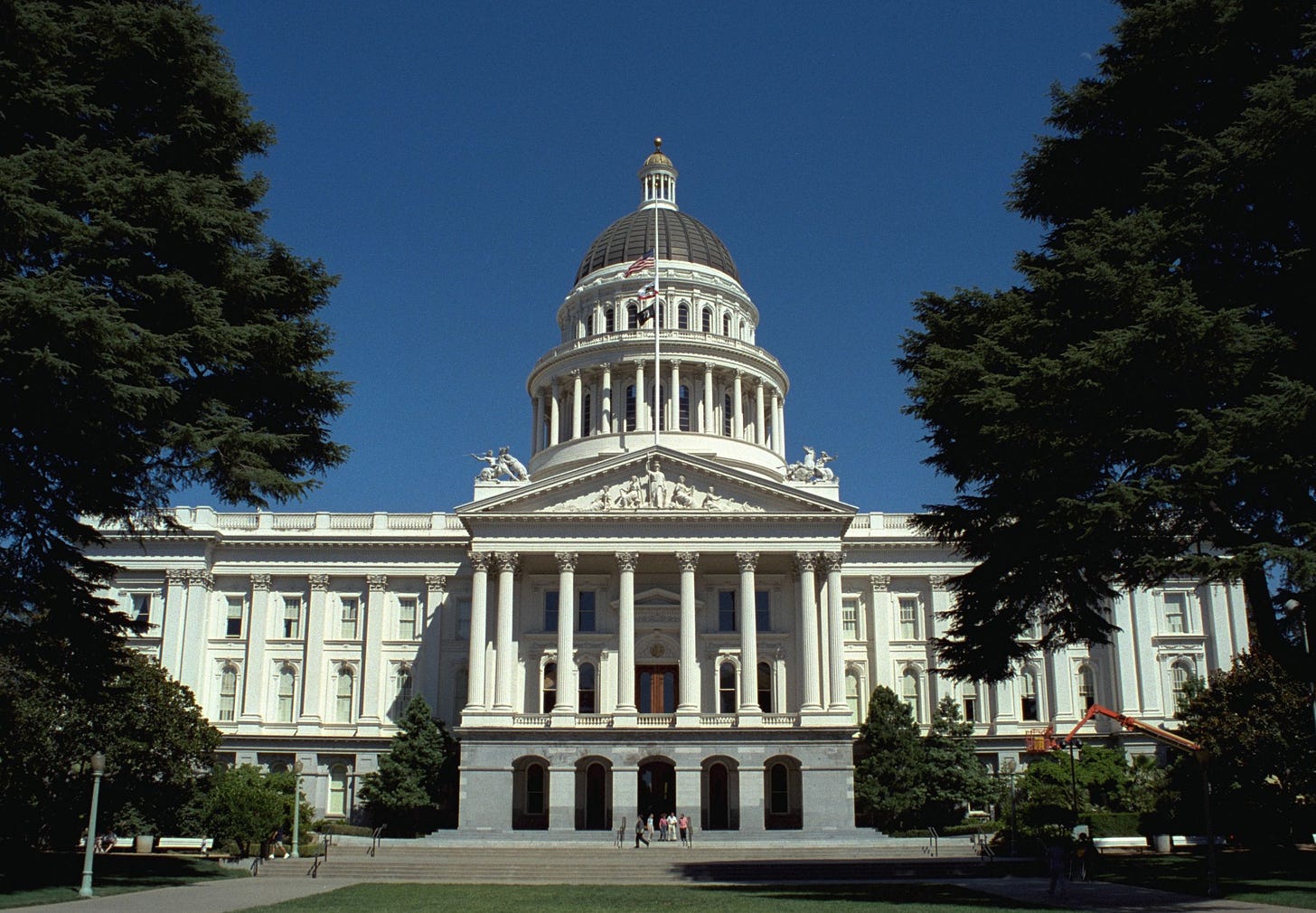STATE — Tensions are high as the Gov. Gavin Newsom and the state legislature attempt to tackle rising utility costs.
Representatives from California Public Utilities Commission testified last week regarding cost and current rate case increases from the state’s utility companies. Some legislators have ripped the likes of Pacific Gas & Electric, the nation’s largest utility company, for record profits of $2.4 billion.
Newsom, meanwhile, withheld an executive order he authored on Oct. 30 ordering the CPUC and California Energy Commission to review state programs and recommend cuts or changes to help ratepayers save money, KCRA reported. Media outlets and others submitted public records requests for the order but were consistently denied by Newsom and his office until several days ago, per reports.
The CPUC’s 38-page report includes recommendations focused on using non-ratepayer funds to pay for state programs including wildfire prevention. The commission did not disclose which non-ratepayer funds could be used, although options include the state’s General Fund, a ballot proposition or the utility companies.
One of the biggest challenges, though, is the state’s Net Energy Metering program, also known as rooftop solar. Last year, there was an $8.4 billion cost shift from those without rooftop solar to subsidize those with solar panels, which totals just 15% of the state’s population. The CPUC said the non-ratepayer funds could be used to tackle the NEM program for an immediate 15% reduction in costs, KCRA reported.
Recommendations also include reviewing contracts and electricity mandates on utility companies, along with redistributing the state’s climate credit to those most impacted by rate increases.
“After California legislation required its IOUs (investor-owned utilities) to divest generation assets, long-term clean energy contracts have been essential to meeting reliability needs while supporting emerging clean energy technologies,” the CPUC report reads. “Such contracts, however, can also lead to long-term costs for ratepayers, particularly when they create ongoing financial commitments like contractual obligations or tariffs that extend benefits to electricity generators over time.”
In 2024, ratepayers paid an estimated $1.2 billion more than they would pay today for Renewable Portfolio Standard contracts signed between the years 2000 and 2016.
State Sen. Aisha Wahab (D-Hayward) introduced Senate Bill 332, the Investor-Owned Utilities Accountability Act, several weeks ago to cap utility rates at the rate of the Consumer Price Index and only one rate increase per year. The bill also calls for the utility companies to cover 95% of the cost of supporting the Wildfire Fund with ratepayers at 5%.
“Our job as policymakers is to ensure safeguards are in place and the billion-dollar corporations are doing the right thing,” Wahab told KCRA. “The recent CPUC report clearly shows there is a transparency and accountability problem where the IOUs are concerned. “Enough is enough. They need to do better and stop making massive profits when vulnerable populations on fixed incomes are paying more and more in their utility bills every month.”
A utility would also be required to contract with a “reputable” third-party to identify any and all electrical equipment and power lines that have outlived their lifespan.
She also cited the collection of $24 billion from ratepayers since 2019 for wildfire mitigation and questioned how the companies have hardened and prevented future disasters.
The California Solar and Storage Association also released a statement slamming the utility companies for on the “out of control spending on grid infrastructure” and profits. The association said spending on grid improvements has increased 130% to 260% over the past right to 12 years.
However, critics have taken aim at the state’s renewable energy and environmental programs, among others, as part of the reason rates continue to increase. As reported last week, the Ivanpah Solar Facility at the California-Nevada border charged five times the market rate for electricity, which is sold to PG&E and Southern California Edison.
Also, energy experts have warned for years regarding having utility companies purchase more expensive renewable sources, removing economies of scale through IOU-owned power plants to lower prices, Community Choice Aggregation programs and many others.
“These reports from the administration are the definition of ‘too little, too late,’” State Sen. Suzette Valladares (R- Santa Clarita) told the outlet. “Unfortunately, all they do is confirm what Californians have known for years which is that the governor and legislative Democrats’ overzealous and misguided environmental policies have made life in this state unaffordable for too many.”
Follow North County Pipeline on Instagram, Facebook, X and Reddit. Send story ideas and tips to ncpipeline760@gmail.com.












Share this post